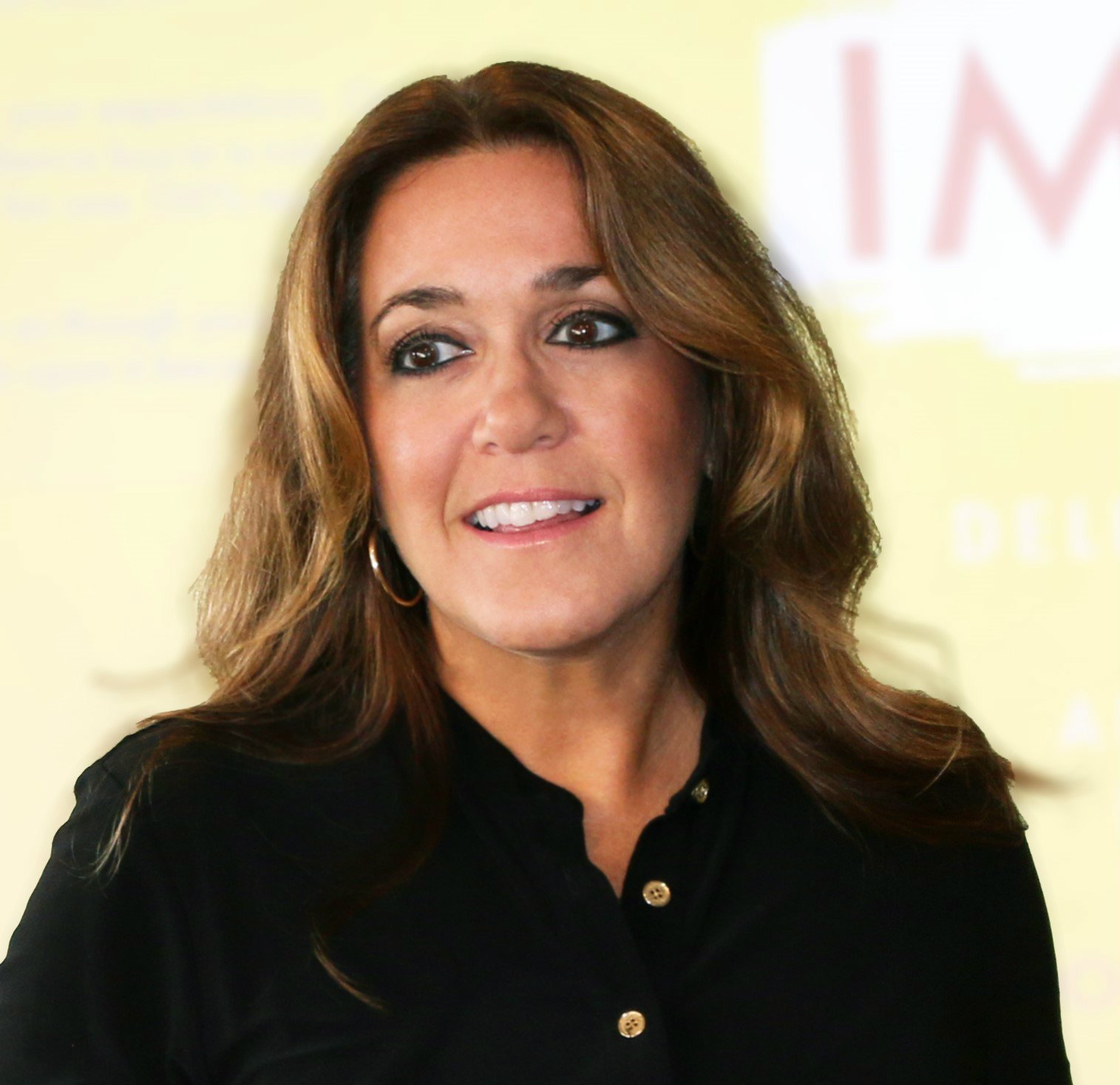Thirteen years later, I maintain social media is PR on steroids. For some, writing a check may be easier than writing a story but it is not always as effective. Good advertising requires good storytelling, too.
Like many, I was skeptical when I first adopted social media in 2008, but with a book release in the offing, I heeded the advice of a friend to get on Facebook, LinkedIn, and Twitter. Once I began using the relatively new platforms, I immediately labeled social media “PR on steroids.” Earned media was never so easy. Of course, that would change as the platforms gained popularity, the competition for attention grew, and the Zuckerbergs of the world began adjusting algorithms to encourage paid promotion and advertising.
Just like to traditional media outlets, users have adapted somewhat readily, ignoring obvious ads and engaging only in attention-grabbing content. While intuitive algorithms created by savvy coders place personalized content in our paths, the best engagement is still organic. Shiny objects may get clicks, but loyalty is built over time and with effort.
Early in my social media venture, I experimented with two methods of messaging from the communicator’s toolbox: storytelling à la classic PR and provocation à la talk radio. The social platforms were new, but the responses were quite predictable. Both tactics elicited reaction, but one led to more sales. The experiment affirmed what I already knew about messaging—you attract more flies with honey than vinegar—and confirmed my belief that PR, carefully crafted and executed, should accompany every promotional campaign.
The advantages to earned media—publicity that an organization garners free of charge—is that it is acquired through good storytelling. Consider the pizza delivery man who put his children through college by saving every tip he ever earned over twenty years. A regular customer alerts the local newspaper, which runs a feature because they know the pizza shop is popular and the story will sell papers. Then a local TV station catches wind of the story and decides to send a reporter to the pizza shop to create a package for the otherwise slow Sunday night broadcast. A network producer’s interest is piqued after seeing the package on her affiliate station because the pizza deliveryman’s son played Division 1 football and is putting his career on hold to enlist in the navy. She alerts the assignment editor who was looking for an ancillary story to round out a Memorial Day special broadcast. Just like that, the story goes national. The story strikes the emotions of viewers and readers causing them to remember certain details, including the name of the pizza place that provided the backdrop.
Meanwhile, the pizza shop owner is counting the number of redeemed coupons from a recent ad campaign. He tallies the money he spent to place the coupon ads and calculates his cost per impression. Was it worth it? It sure was! Regular customers look for those coupons in the mailers, but advertising cannot replace the intrinsic and latent value of good PR. Both elements are necessary and can work in tandem. The number of comments from patrons and friends who saw that piece about the longtime deliveryman and his family is immeasurable. The newspaper article would likely be framed and hung prominently inside the pizza shop by a proud owner.
Now, apply that hypothetical example to social media. If the story goes viral on YouTube or Instagram, the results are the same. Different platform, same results.
The point is not to demonstrate that earned media is better than paid media. Both are essential elements to an overall marketing plan. The point is to show that good storytelling, whether distributed through paid advertising or earned media, is engaging. When organizations promote products or services without a good hook or a good story, they are less likely to gain traction, regardless of the amount of money spent.
The competition for attention has always been huge, and the ever-increasing number of communication channels makes the challenge even more arduous. The best way to maximize media presence is to focus on quality over quantity. An advantage to electronic media is the ease with which analytics are generated. If posting for the sake of posting has not resulted in greater results—influence, followers, sales—then perhaps it is time to analyze the posts.







